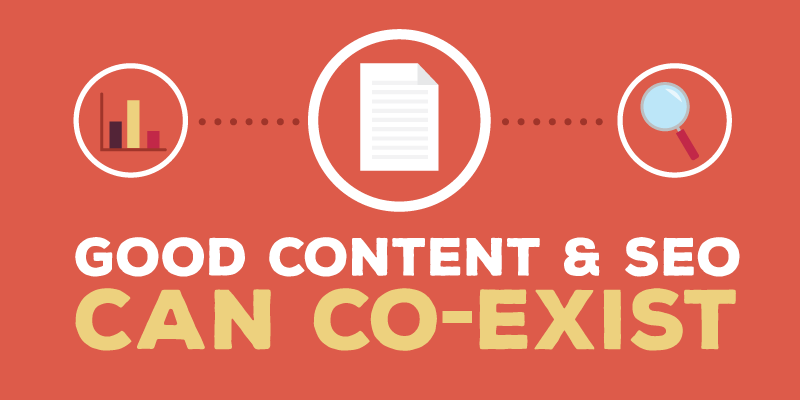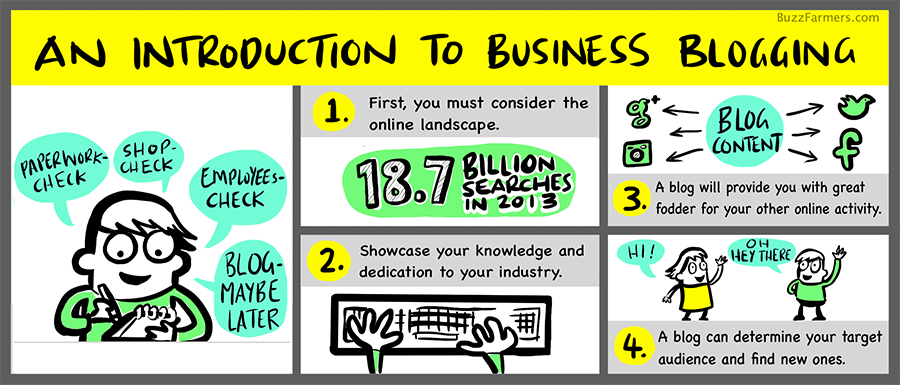If you think great content and SEO can’t co-exist, we recommend you think again.
I laugh a little whenever a so-called content expert bashes SEO and says something to the tune of “shut up and write great content,” as if great content and SEO cannot co-exist.
Something that some of these folks forget is that Google also encourages using keywords, because, as smart as they are, the one thing they can’t do is insert words into your article, and in order to rank your article for anything, they need to be able to piece words together in order to highlight them.
Over the past year or two, you may have noticed that Google has been making up new meta descriptions in order to match the search query, even if you already pre-defined those fields with your SEO plugin.
Google has always had a fill-in-the-blanks algorithm for anyone who forgot to fill in their meta fields, but these days Google is rearranging that data whenever they feel like, to rank whoever they feel like.
The thing is, they cannot rank a page that doesn’t have the words someone is querying in their search engine. So the argument of “just write good content” is not, and will never be enough. It’s a great strategy for social media, but social media is not a platform for any longevity with website traffic.
[Tweet “The argument of “just write good content” is not, and has never been, enough.”]So, we know that much. Google can’t list you in their search engine for words you haven’t included in your article. The automagical re-mixing algorithm I just mentioned doesn’t apply if you haven’t included the words in your article that someone is looking for.
One other thing that Google has started to do more ferociously in the past few years is take into account what inbound links say about your site. They look at your social media posts, and they look at the articles pointing to you. They look at the keywords and related keywords in those links and those Tweets and Facebook posts and determine what your post is about.
- The first reason is to determine how popular the article is. Inbound links signify reputation.
- The second reason is for Google to determine how other people label your content.

So something I’ve been testing over the last year or so, and am seeing good results with, is backdated interlinking. It simply mixes already good content with a little SEO savvy.
For example:
- One of my clients has over four-thousand articles on their site.
- Every time I post a new article, I include our chosen keyword in the title and a few times contextually in the copy.
- Then, and this is the new part, I use their site search to find that same keyword in other articles on their site.
- I’ll then go into three to five of those articles and hyperlink related keywords and phrases back to my new article.
Since those old articles are typically already high-quality, well-ranked, shared often (because they still show up regularly on page one in Google), and commented on, they’re considered high-quality inbound links, even though they’re internal links. The boost in search engine rank doesn’t always happen immediately since I’m linking from old articles, but so far this method has worked quite well over time.
This also improves my older content because it’s now linking to additional resources, which we know Google likes. In addition to SEO benefits, you’re improving old content.
I thought I’d share this little bit with other white-hat SEOs who still believe that great content and SEO can co-exist. What do you think?
And while we’re on the subject, learn how to sell any product through a blog post and why every blog post needs a call to action.
Try out this test and let me know your results in the comments section!






